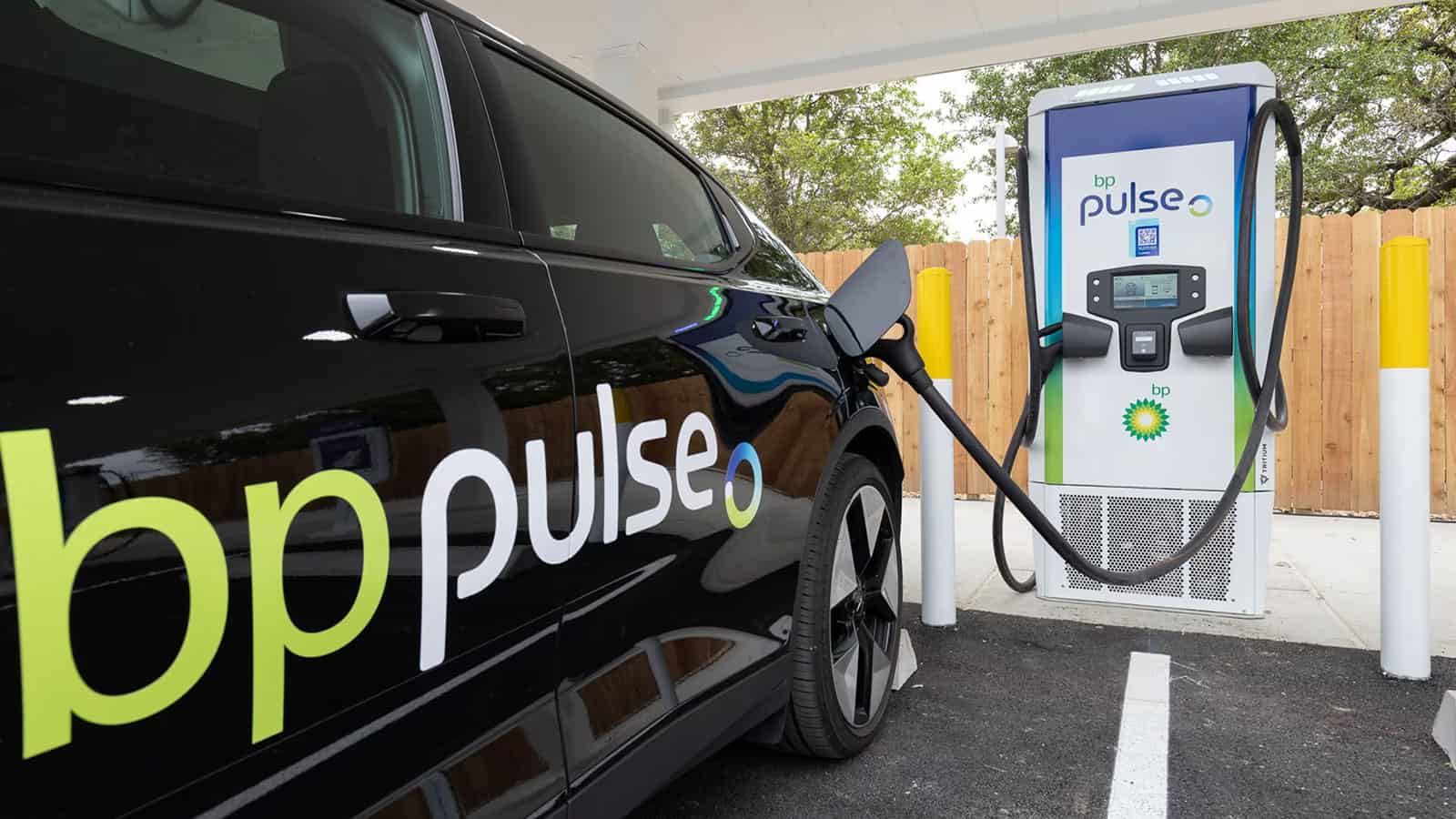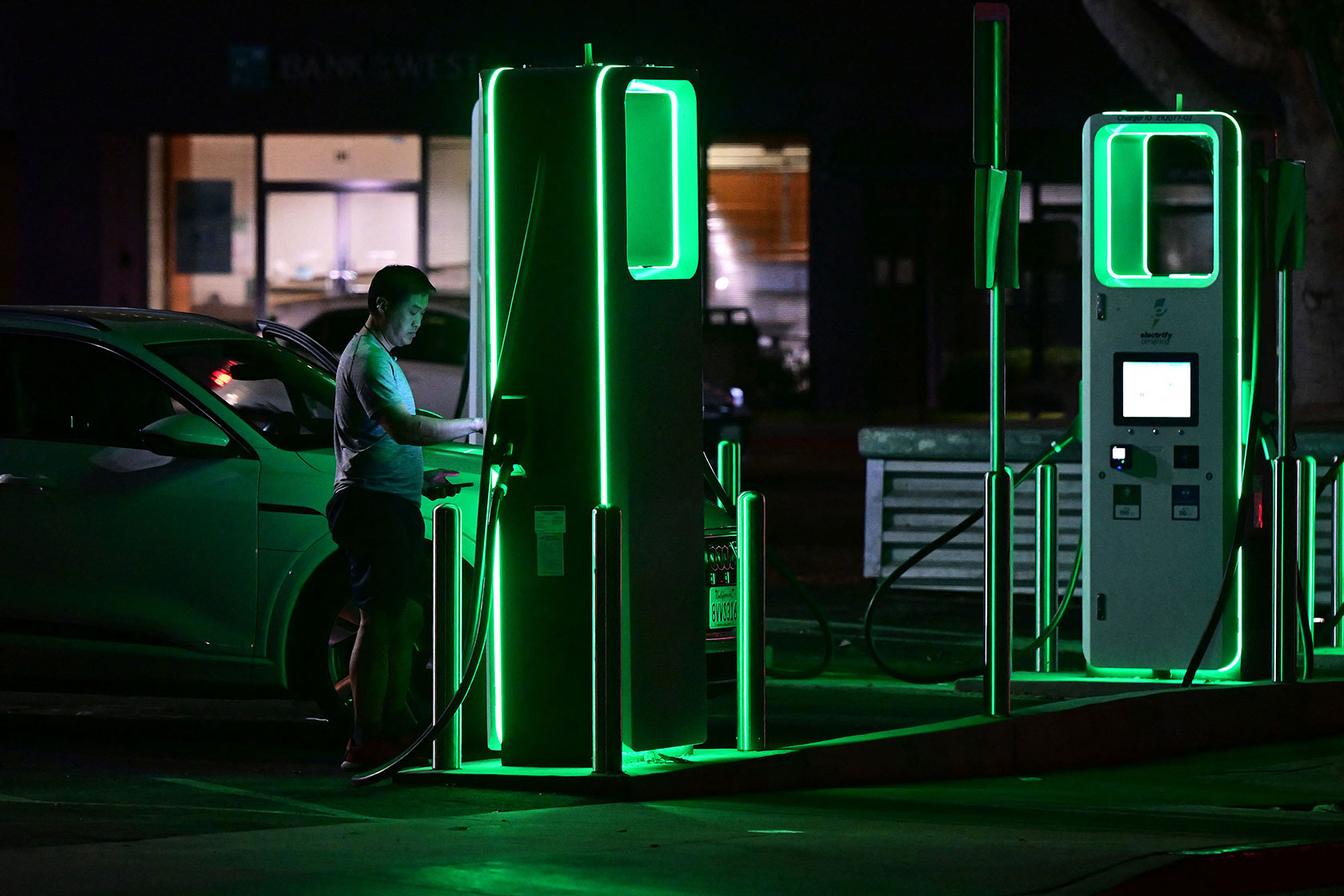What’s Driving the Growth of EV Infrastructure? Buy EV Charging news for Key Updates
What’s Driving the Growth of EV Infrastructure? Buy EV Charging news for Key Updates
Blog Article
New Dope in EV Charging: Just How the Market Is Advancing to Meet Need
As the electric car (EV) market continues to expand, the charging facilities is undertaking considerable transformations to address the rising demand. The effects of these improvements elevate crucial inquiries regarding the future of EV charging and its role in the more comprehensive power community.
Growth of Charging Facilities
The rapid expansion of electrical car (EV) charging framework is an important component in assisting in the prevalent adoption of electrical movement. As governments, personal firms, and customers progressively acknowledge the value of minimizing carbon discharges, financial investments accountable networks have surged. This infrastructure development is vital to alleviate array stress and anxiety, guaranteeing that EV users have hassle-free access to charging terminals.
Substantial developments in charging terminal technology and release strategies have emerged. Urban locations are seeing a spreading of public charging terminals, while country areas are slowly being integrated into the billing network. Collaborations in between vehicle suppliers and billing providers are ending up being a lot more usual, promoting the establishment of thorough networks that improve customer experience and ease of access.
On top of that, the integration of renewable resource resources into charging stations is obtaining momentum, promoting sustainability in the EV ecosystem. This change not just sustains ecological objectives yet additionally straightens with the rising need for eco-friendly power solutions among customers.
Ultra-Fast Charging Technologies
Ultra-fast charging technologies stand for a considerable leap ahead in the EV billing landscape, allowing electric cars to reenergize in a fraction of the moment contrasted to traditional billing approaches. These technologies generally supply power degrees exceeding 150 kW, with some systems rising to 350 kW or more, substantially decreasing charging times to as little as 15-30 mins for a considerable fee.
Key making it possible for technologies consist of improvements in battery chemistry, power electronics, and thermal monitoring systems. High-capacity batteries with improved thermal stability permit for faster charging without overheating. EV Charging news. Furthermore, developments accountable infrastructure, such as liquid-cooled cable televisions and modular charging stations, promote efficient power transfer, enhancing the overall user experience
Significant automobile makers and innovation firms are actively spending in ultra-fast billing networks, recognizing the critical function they play in getting rid of range anxiety and accelerating the adoption of electric lorries. As these modern technologies come to be much more widely readily available, the EV market is anticipated to witness significant development, making electric mobility an extra eye-catching alternative for consumers. Overall, ultra-fast billing technologies are critical fit the future of sustainable transportation, paving the means for a much more substantial and effective billing ecosystem.
Smart Grid Integration

With need response techniques, smart grid systems can adjust billing schedules based on grid problems and electrical power prices. As an example, throughout periods of high need, charging can be delayed to off-peak hours, leading to lower expenses for consumers and lowered pressure on the grid. In addition, vehicle-to-grid (V2G) innovations allow EVs to discharge energy back into the grid, boosting and providing ancillary solutions grid stability.
Assimilation with eco-friendly energy resources even more increases the sustainability of EV charging. By straightening billing tasks with periods of high solar or wind generation, smart grids advertise a greener charging framework. Eventually, clever grid assimilation not just sustains the expanding demand for EVs however likewise adds to a much more resistant and lasting power future, positioning the industry for long-lasting success.
Battery Innovations
Amidst the fast advancement of electrical vehicles (EVs), battery advancements stand at the center, driving innovations in sustainability, efficiency, and efficiency. As the demand for EVs surges, producers and scientists are concentrating on improving battery technologies to address obstacles such as variety stress and anxiety and charging times.
Lithium-ion batteries remain one of the most extensively made use of innovation, yet brand-new materials and chemistries are arising to enhance power density and durability. Solid-state batteries, for instance, guarantee higher energy storage space capacity and boosted safety and security by changing fluid electrolytes with strong ones. This change can dramatically minimize the risk of fire and raise the lifespan of batteries.
Additionally, developments in battery recycling processes are critical for sustainability. Companies are creating approaches to recoup beneficial materials like lithium, cobalt, and nickel from utilized batteries, promoting a circular economy and decreasing ecological influence.

Global Billing Criteria

Efforts are underway to develop worldwide billing standards that promote compatibility amongst different EV versions and billing terminals. Organizations such as the International Electrotechnical Commission (IEC) and the Society of Automotive Engineers (SAE) are functioning collaboratively with vehicle manufacturers and power companies to produce thorough standards. EV Charging news. These requirements objective to enhance the charging procedure, lower the need for numerous adapters, and boost user here experience
Moreover, standardization can significantly reinforce the growth of the billing network, as it urges financial investment by making infrastructure advancement much more predictable and effective. As the EV market grows, a unified approach to charging standards will certainly be essential for guaranteeing that consumers can charge their lorries conveniently and reliably, therefore sustaining the wider change to lasting transport.
Verdict
The electrical automobile charging sector is going through considerable makeover to deal with the rising need for sustainable transportation. Innovations in billing infrastructure, ultra-fast innovations, smart grid assimilation, and innovative battery remedies are pivotal in boosting user experience and operational performance. Additionally, the quest of international charging requirements is crucial for making certain interoperability throughout different areas and systems. Collectively, these growths position the market to sustain a wider adoption of electric automobiles, inevitably adding to a more lasting future.
Urban locations are seeing an expansion of public billing stations, while rural areas are progressively being incorporated right into the billing network. Furthermore, developments in billing infrastructure, such as liquid-cooled cords and modular billing stations, facilitate helpful hints reliable power transfer, site here boosting the general customer experience.
In general, ultra-fast charging modern technologies are critical in shaping the future of lasting transport, paving the method for an extra considerable and reliable billing ecological community. - EV Charging news
By aligning billing activities with periods of high solar or wind generation, clever grids promote a greener charging infrastructure.Efforts are underway to establish worldwide charging standards that facilitate compatibility amongst numerous EV designs and charging stations.
Report this page